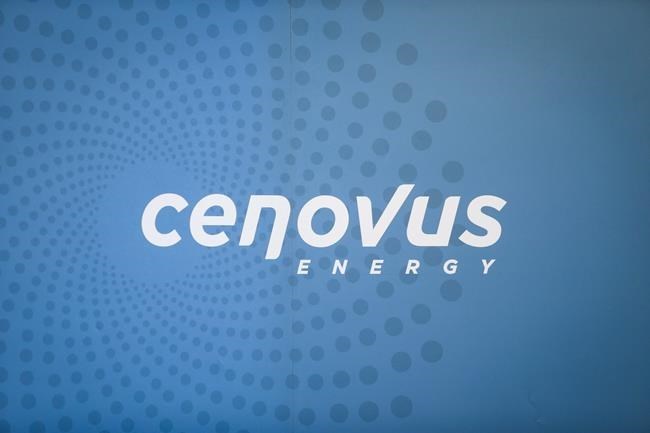CALGARY — The one-time costs of merging with Husky Energy Inc. are expected to total about $500 million, including severance, says the CEO of Cenovus Energy Inc., adding the expense is worth it given the expected savings of about $1.2 billion per year from synergies.
The two Calgary-based companies hosted separate conference calls to discuss third-quarter results on Thursday but most of the questions posed by financial analysts were about the $3.8-billion all-stock buyout announced last Sunday.
"A good portion of the head count costs would be included in that but it's just generally a big bucket of costs that come any time you put two companies like this together," said Cenovus CEO Alex Pourbaix in an interview after the call.
"Severance would be a part of it but I'm not going to break it out."
The two companies have said they will cut between 20 and 25 per cent of their combined 8,600 employee and contractor jobs, potentially more than 2,000 people, if the takeover is completed early next year as expected.
On a separate conference call, Husky CEO Rob Peabody said the rationale for merging with Cenovus is the same as that which drove Husky's attempt to buy smaller oilsands rival MEG Energy Inc. for $3.3-billion two years ago, a deal that failed after MEG refused to accept it.
"What's in common with both transactions is they're driven by a kind of sense of consolidation needs to happen in the industry overall … in order to lower the cost base for the industry but more particularly for us," he said.
Oil price volatility makes it impossible to predict revenues, leaving cost cutting as a vital component to create a resilient energy company, he added.
Both companies reported big third-quarter writedowns in the face of lower expectations for oil prices and the profitability of refinery operations.
Husky reported a $7.1-billion loss thanks mainly to $6.7 billion in non-cash impairment charges after taxes due to lower long-term commodity price expectations and reduced capital investment.
Cenovus, meanwhile, reported a loss of $194 million driven by a $450 million impairment charge related to a refinery in Texas it co-owns with operator Phillips 66, along with lower oil price expectations.
In their first quarter reports in April, Husky wrote off $1.1 billion after tax due to lower crude oil price assumptions, along with an inventory writedown of $274 million, while Cenovus took a charge of $335 million due to low oil prices, plus $253 million on its inventory.
Cenovus will likely aim to sell some non-core assets soon after the deal closes, Pourbaix said, adding that although some of those assets have been identified, the company is not prepared to list them yet.
Meanwhile, the companies will continue to work on the best ways to optimize "molecular integration" of bitumen production from Cenovus's main steam-driven oilsands projects in northeastern Alberta with Husky's upgrading centre at Lloydminster on the Alberta-Saskatchewan border, said Cenovus chief financial officer Jon McKenzie on the call.
Cenovus reported third-quarter production of 471,800 barrels of oil equivalent per day on Thursday, up from 448,500 in the same quarter last year and 465,400 in the second quarter of 2020.
Husky had total production of 258,400 boe/d in the third quarter, compared with 294,800 in the third quarter of 2019 and 246,500 boe/d in the second quarter of 2020.
This report by The Canadian Press was first published Oct. 29, 2020.
Companies in this story: (TSX:CVE, TSX:HSE)
Dan Healing, The Canadian Press



